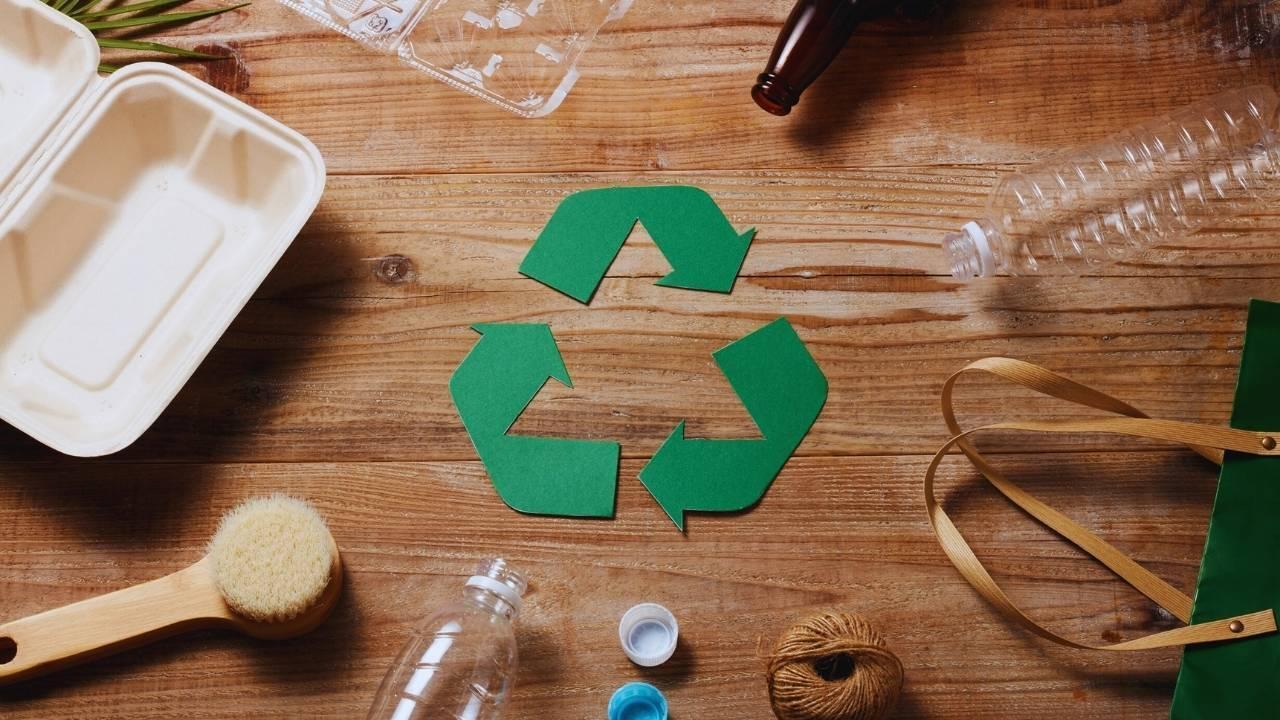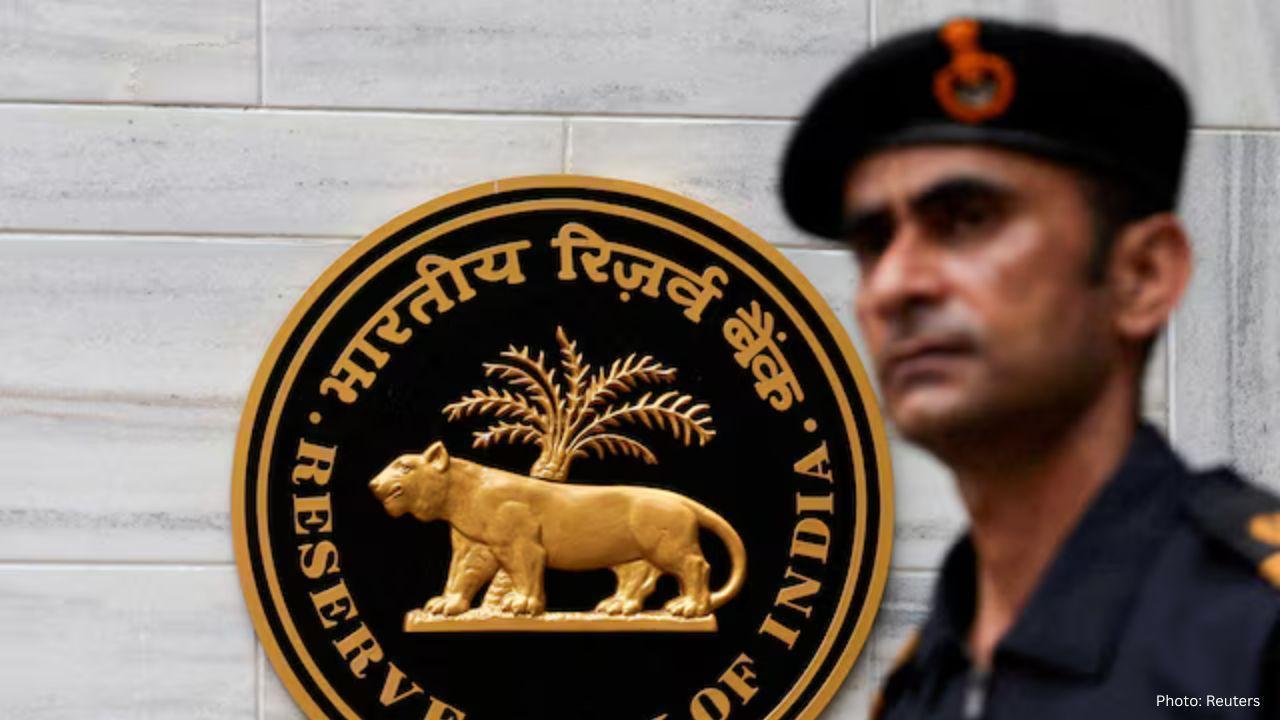You have not yet added any article to your bookmarks!

Join 10k+ people to get notified about new posts, news and tips.
Do not worry we don't spam!

Post by : Anis Farhan
Plastic is everywhere. From packaging that protects our food to medical equipment that saves lives, its versatility makes it one of the most widely used materials in the modern world. Yet this convenience comes at a cost. Over 400 million tons of plastic are produced every year, and less than 10% is effectively recycled. The rest ends up in landfills, oceans, or incinerators, causing lasting damage to ecosystems and human health.
Traditional recycling methods—mostly mechanical—have proved insufficient. They involve collecting, sorting, cleaning, and remelting plastics, but only certain types can go through the process successfully. Contaminated or mixed plastics often get discarded, while the quality of recycled plastic usually drops after each cycle. This “downcycling” limits its usability and value, keeping industries reliant on virgin plastic.
Against this backdrop, the world has been searching for a breakthrough. Enter chemical recycling and circular economy models—innovations designed to close the loop on plastic waste.
Chemical recycling, unlike mechanical methods, breaks plastic down into its fundamental chemical components. Instead of grinding bottles into flakes and melting them, the process uses heat, solvents, or enzymes to revert plastics back into the molecules they were originally made from.
There are several key techniques:
Pyrolysis: Heating plastics in the absence of oxygen to produce oil-like substances that can be used as fuel or raw material.
Gasification: Converting plastic into synthetic gas that can be refined into chemicals or fuels.
Depolymerization: Breaking down plastics like PET into their base monomers, which can then be rebuilt into brand-new plastics.
Enzymatic Recycling: Using bioengineered enzymes to dissolve plastics under mild conditions, offering an environmentally friendly alternative.
These processes promise a form of “infinite recycling,” where plastic can be continuously broken down and rebuilt without losing quality. This could help solve one of the biggest limitations of traditional recycling.
The concept of a circular economy goes beyond recycling—it’s about redesigning the entire lifecycle of materials. Instead of the traditional linear model of take, make, dispose, a circular economy follows reduce, reuse, recycle, and regenerate.
In the context of plastics, this means:
Designing packaging that can be easily recycled or reused.
Encouraging refillable product models to reduce single-use plastics.
Developing business models where waste from one industry becomes raw material for another.
Scaling up chemical recycling plants that can handle plastics mechanical recycling rejects.
The ultimate goal is to create a system where plastics never become waste, but resources in continuous circulation.
Governments and corporations around the world are recognizing the potential of Plastics Recycling 2.0. The European Union has set ambitious recycling targets, while countries like Japan and South Korea are investing heavily in chemical recycling infrastructure.
Major companies—Coca-Cola, Unilever, Nestlé, and Procter & Gamble—are committing to make packaging from 100% recycled or reusable materials within the next decade. Oil and chemical giants such as BASF, Dow, and ExxonMobil are also entering the field, viewing chemical recycling as a new market opportunity.
Startups are pushing boundaries with innovative technologies. Companies like Carbios in France have pioneered enzyme-based recycling, while American and Asian startups are experimenting with scalable pyrolysis systems. Together, these efforts are accelerating the transition from promise to practice.
While chemical recycling and circular models hold promise, they face significant hurdles:
Cost and Scale: Chemical recycling is expensive compared to mechanical recycling or virgin plastic production. Scaling plants to industrial capacity remains a challenge.
Energy Use: Some chemical processes require high energy input, raising questions about their net environmental benefit.
Toxic Byproducts: If not managed carefully, chemical recycling can produce harmful emissions or residues.
Policy Gaps: Without clear global regulations, many companies hesitate to invest heavily in the technology.
Consumer Awareness: Success also depends on public participation in proper waste segregation and responsible consumption.
Despite these obstacles, momentum is building, and technological improvements are expected to reduce costs and increase efficiency over time.
If successfully scaled, Plastics Recycling 2.0 could revolutionize waste management and resource use.
Environmental Gains: Significant reductions in plastic waste pollution, less reliance on landfills and incineration, and fewer microplastics contaminating oceans.
Economic Growth: Creation of green jobs in recycling plants, R&D, and waste management. A robust recycling industry could unlock billions in value from materials previously discarded.
Resource Security: Reduced dependency on fossil fuels for virgin plastics, supporting energy transitions and national security.
Corporate Sustainability: Brands adopting recycled materials can enhance reputation and meet consumer demand for eco-conscious products.
The ripple effect could transform entire industries, from packaging and textiles to automotive and construction.
Consumers remain at the heart of this shift. Their choices drive demand for sustainable products and influence companies’ decisions. Opting for reusable packaging, supporting brands with strong recycling commitments, and practicing responsible disposal habits are small but vital steps.
Education and awareness campaigns also play a crucial role. When people understand that tossing a bottle into the right bin could mean it gets chemically recycled into a brand-new one rather than ending up in the ocean, their actions gain greater meaning.
Looking ahead, the next decade could mark a turning point in humanity’s relationship with plastic. With stronger global regulations, technological innovation, and consumer participation, Plastics Recycling 2.0 could evolve from an experimental concept into a global standard.
If successful, the vision of a circular economy—where waste is virtually eliminated, and resources circulate endlessly—could become reality. The challenge is not just technical but cultural, requiring collaboration between governments, industries, and citizens.
Plastic may never disappear entirely, but how we use, reuse, and recycle it will define the environmental legacy we leave behind.
This article is for informational purposes only and reflects current global trends and innovations in plastics recycling and circular economy models. It does not substitute for professional environmental or policy advice.










Ranveer Singh’s Dhurandhar Hits ₹1000 Cr Despite Gulf Ban Loss
Dhurandhar crosses ₹1000 crore globally but loses $10M as Gulf nations ban the film. Fans in holiday

China Claims India-Pakistan Peace Role Amid India’s Firm Denial
China claims to have mediated peace between India and Pakistan, but India rejects third-party involv

Mel Gibson and Rosalind Ross Split After Nearly a Decade Together
Mel Gibson and Rosalind Ross confirm split after nearly a year. They will continue co-parenting thei

Rashmika Mandanna, Vijay Deverakonda Set to Marry on Feb 26
Rashmika Mandanna and Vijay Deverakonda are reportedly set to marry on February 26, 2026, in a priva

FIFA Stands by 2026 World Cup Ticket Prices Despite Fan Criticism
FIFA defends the high ticket prices for the 2026 World Cup, introducing a $60 tier to make matches m

Trump Claims He Ended India-Pakistan War, Faces Strong Denial
Donald Trump says he brokered the ceasefire between India and Pakistan and resolved eight wars, but